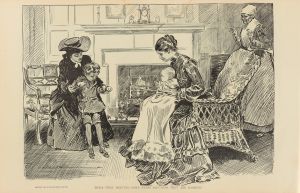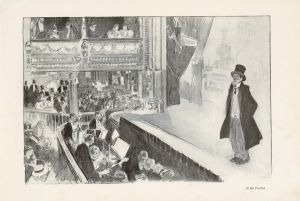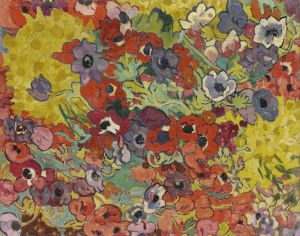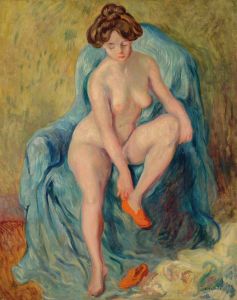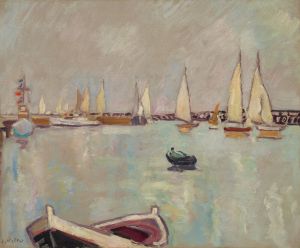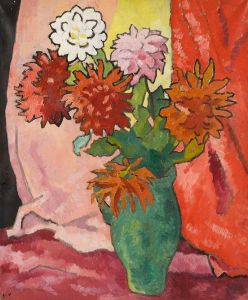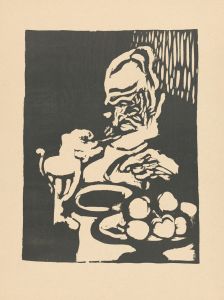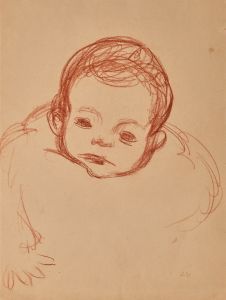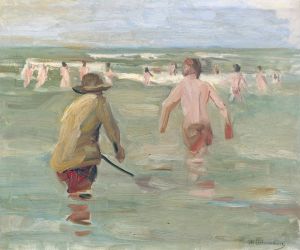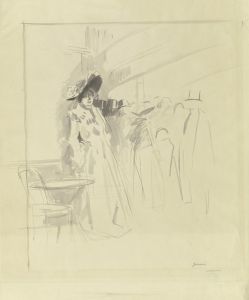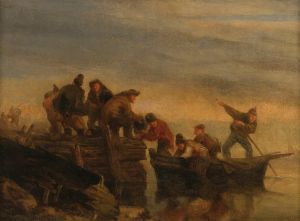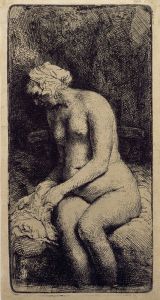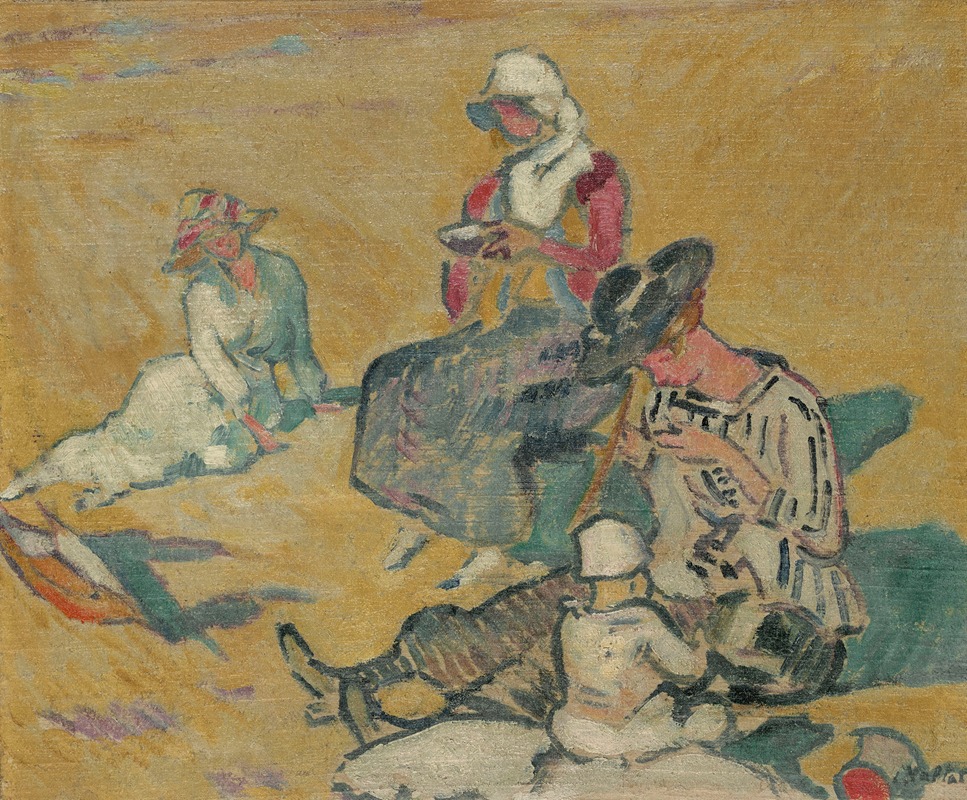
Femmes à l’ouvrage sur la plage
A hand-painted replica of Louis Valtat’s masterpiece Femmes à l’ouvrage sur la plage, meticulously crafted by professional artists to capture the true essence of the original. Each piece is created with museum-quality canvas and rare mineral pigments, carefully painted by experienced artists with delicate brushstrokes and rich, layered colors to perfectly recreate the texture of the original artwork. Unlike machine-printed reproductions, this hand-painted version brings the painting to life, infused with the artist’s emotions and skill in every stroke. Whether for personal collection or home decoration, it instantly elevates the artistic atmosphere of any space.
Louis Valtat was a French painter and printmaker associated with the Fauvist movement, known for his vibrant use of color and bold brushwork. Born in 1869 in Dieppe, France, Valtat studied at the École des Beaux-Arts and the Académie Julian in Paris, where he was influenced by the Impressionists and Post-Impressionists. His work often depicted scenes of everyday life, landscapes, and still lifes, characterized by a vivid palette and expressive style.
"Femmes à l’ouvrage sur la plage" is one of Valtat's notable works, capturing a scene of women working on a beach. The painting exemplifies Valtat's interest in depicting leisure and labor in natural settings, a common theme in his oeuvre. The composition is marked by its dynamic use of color and light, reflecting the influence of both Impressionism and the emerging Fauvist movement, which emphasized painterly qualities and strong colors over representational accuracy.
In "Femmes à l’ouvrage sur la plage," Valtat employs a bright and varied color palette, using bold strokes to convey the texture of the sand, the movement of the figures, and the play of sunlight on the scene. The women in the painting are engaged in some form of work, possibly related to fishing or gathering, a subject that was common in coastal communities and often depicted by artists of the time. Valtat's approach to this subject matter is both vibrant and contemplative, capturing the essence of the moment while also highlighting the beauty of the natural environment.
Valtat's work during this period was influenced by his interactions with other artists who were exploring similar themes and techniques. He was part of a circle of artists that included Pierre Bonnard, Édouard Vuillard, and Henri Matisse, all of whom were experimenting with color and form in innovative ways. While Valtat never fully embraced the radicalism of Fauvism, his work from this time shows a clear engagement with its principles, particularly in his use of color to convey emotion and atmosphere.
The painting also reflects Valtat's interest in the effects of light and shadow, a concern that can be traced back to his early training and exposure to Impressionism. In "Femmes à l’ouvrage sur la plage," the interplay of light and shadow is used to create depth and movement, drawing the viewer's eye across the canvas and inviting them to explore the scene in detail.
Valtat's contribution to modern art lies in his ability to blend traditional subjects with modern techniques, creating works that are both accessible and innovative. His paintings, including "Femmes à l’ouvrage sur la plage," offer a glimpse into the everyday life of his time, rendered with a freshness and vitality that continues to resonate with audiences today.
While not as widely known as some of his contemporaries, Valtat's work has gained recognition for its unique approach and its role in the development of early 20th-century art. His paintings are held in various collections around the world, appreciated for their vibrant color, dynamic compositions, and the artist's ability to capture the essence of his subjects with both sensitivity and boldness.





